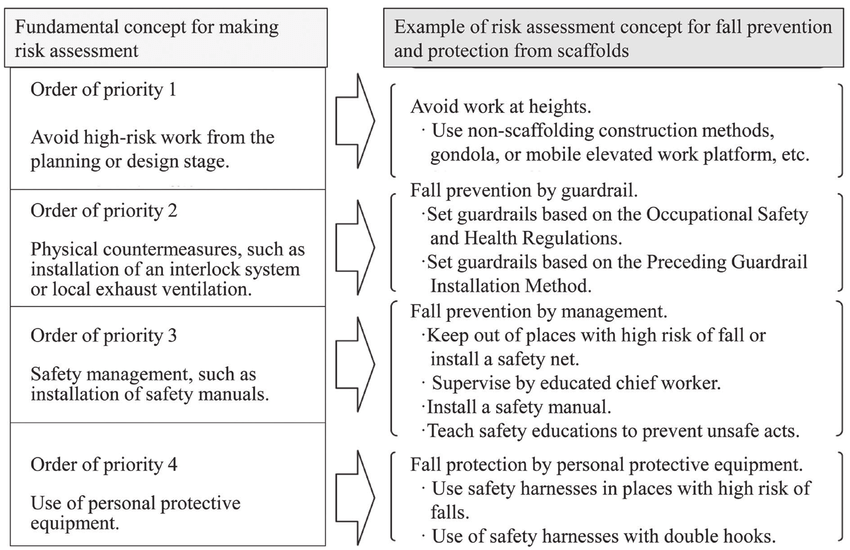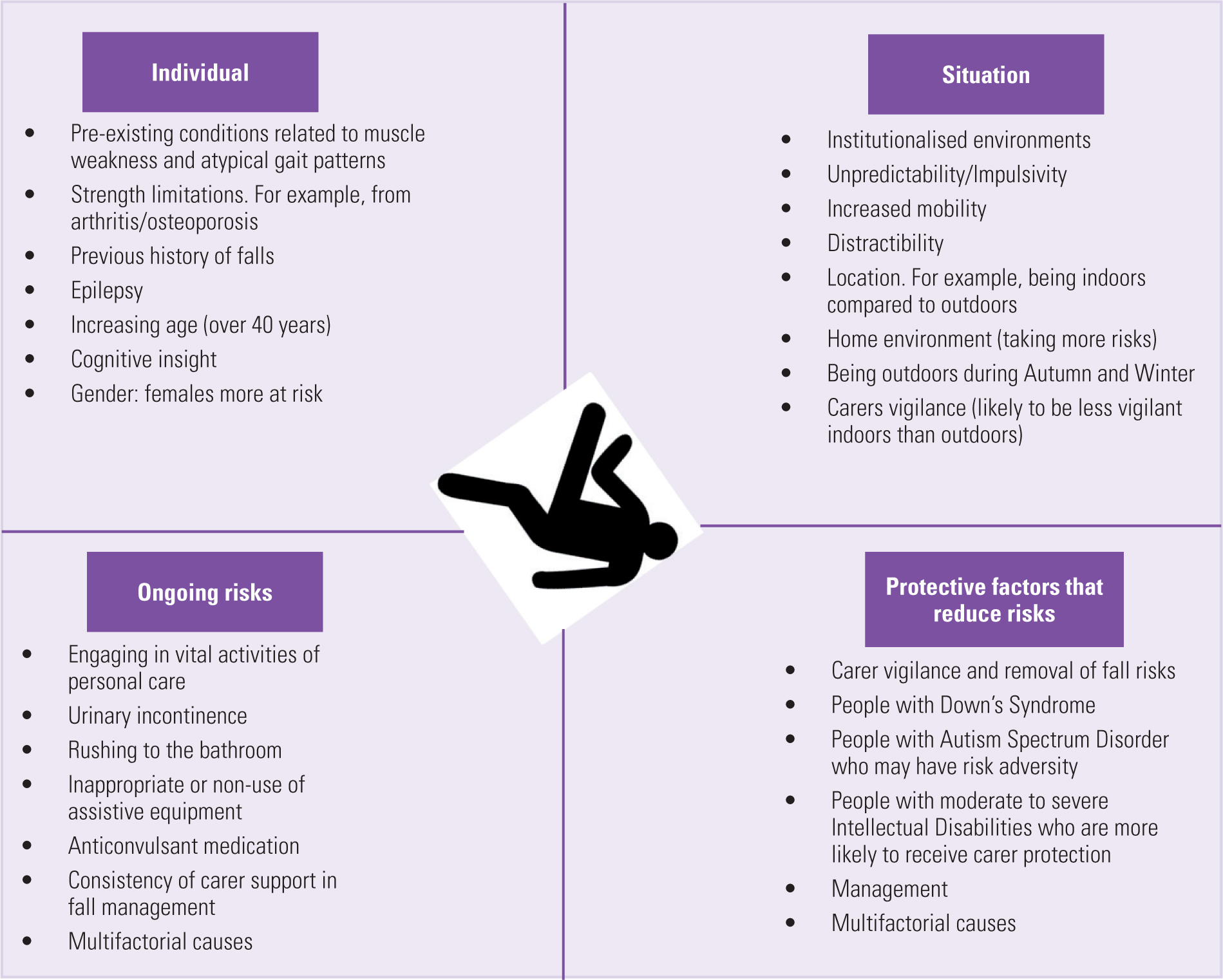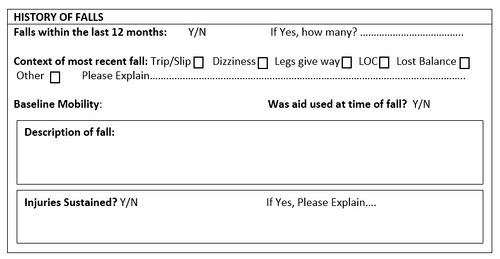Not known Factual Statements About Dementia Fall Risk
Table of ContentsNot known Details About Dementia Fall Risk Facts About Dementia Fall Risk RevealedUnknown Facts About Dementia Fall RiskEverything about Dementia Fall Risk
A loss threat evaluation checks to see just how most likely it is that you will fall. It is primarily done for older adults. The analysis usually consists of: This consists of a series of questions regarding your total health and if you've had previous drops or troubles with equilibrium, standing, and/or walking. These tools check your toughness, equilibrium, and gait (the way you walk).STEADI includes screening, evaluating, and treatment. Treatments are referrals that may minimize your danger of falling. STEADI consists of 3 actions: you for your danger of succumbing to your danger aspects that can be enhanced to attempt to avoid drops (for instance, balance issues, impaired vision) to decrease your risk of falling by making use of reliable approaches (as an example, giving education and learning and sources), you may be asked numerous concerns including: Have you fallen in the previous year? Do you really feel unsteady when standing or walking? Are you fretted about dropping?, your copyright will certainly check your stamina, balance, and stride, making use of the adhering to autumn assessment devices: This examination checks your gait.
You'll sit down once more. Your supplier will examine how lengthy it takes you to do this. If it takes you 12 secs or more, it might suggest you are at greater risk for an autumn. This examination checks strength and equilibrium. You'll rest in a chair with your arms crossed over your upper body.
Relocate one foot halfway forward, so the instep is touching the huge toe of your various other foot. Relocate one foot fully in front of the various other, so the toes are touching the heel of your other foot.
How Dementia Fall Risk can Save You Time, Stress, and Money.
Many falls happen as a result of several contributing aspects; consequently, taking care of the risk of falling begins with identifying the factors that contribute to fall threat - Dementia Fall Risk. Several of one of the most pertinent threat variables consist of: Background of prior fallsChronic medical conditionsAcute illnessImpaired stride and equilibrium, lower extremity weaknessCognitive impairmentChanges in visionCertain high-risk medications and polypharmacyEnvironmental factors can additionally raise the threat for falls, including: Inadequate lightingUneven or harmed flooringWet or slippery floorsMissing or damaged hand rails and order barsDamaged or poorly fitted devices, such as beds, wheelchairs, or walkersImproper usage of assistive devicesInadequate guidance of individuals residing in the NF, including those who show hostile behaviorsA successful loss danger administration program requires a complete scientific evaluation, with input from all members of the interdisciplinary group

The care plan need to also consist of treatments that are system-based, such as those that promote a risk-free setting (suitable lights, hand rails, get bars, and so on). The performance of the interventions ought to be reviewed periodically, and the care plan modified as essential to mirror modifications in the autumn threat analysis. Implementing a fall danger administration system making use of evidence-based ideal practice can reduce the occurrence of falls in the NF, while limiting the capacity for fall-related injuries.
4 Easy Facts About Dementia Fall Risk Shown
The AGS/BGS standard advises evaluating all adults aged 65 years and older for fall risk annually. This screening includes asking patients whether they have dropped 2 or more times in the previous year or sought clinical focus for a fall, or, if they have actually not fallen, whether they really feel unsteady when strolling.
Individuals who have actually fallen as soon as without injury needs to have their equilibrium and gait reviewed; those with stride or balance problems must receive added evaluation. A history of 1 loss without injury and without gait or equilibrium issues does not require more evaluation beyond ongoing annual loss danger testing. Dementia Fall Risk. An autumn threat evaluation is called for as part of the Welcome to Medicare examination

The Best Guide To Dementia Fall Risk
Documenting a falls history is one of the top quality indications for loss avoidance and administration. Psychoactive medications in certain are independent predictors of go to my site drops.
Postural hypotension can usually be eased by minimizing the dose of blood pressurelowering medicines and/or stopping drugs that have orthostatic hypotension as a negative effects. Use of above-the-knee assistance hose and copulating the head of the bed elevated may additionally decrease postural decreases in high blood pressure. The advisable elements of a fall-focused physical exam are displayed in Box 1.

A Pull time greater than or equivalent to 12 seconds recommends high autumn danger. Being not able to stand up from a chair of knee elevation without utilizing one's arms shows boosted fall danger.